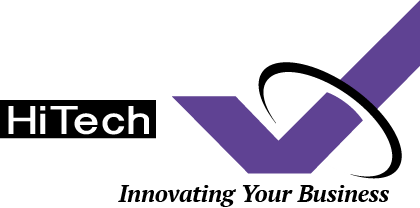PBX Solutions
A traditional PBX is made up of two key elements: lines and stations. The lines, sometimes called trunks, are connections to the global public switched telephony network (PSTN) by way of a telephone company. Stations are simply telephones or other endpoint devices like fax machines, modems and credit card terminals. The original mission of the PBX was to provide shared access to limited resources. Rather than having a separate phone line for each phone, a business could share a small pool of lines across a much larger pool of stations. When a call came it was answered by an operator who then connected it with the appropriate person or department. When someone inside needed to make a call, the operator connected them with an available line. Frequently these early systems were simply called switchboards.
Key PBX Features
-
VoIP Ready:
The world is moving away from legacy PSTN lines and towards VoIP. Make sure your PBX can support IP stations (phones) and IP trunks (service). SIP is the current de facto standard, so dont buy a phone system that doesnt support it.
-
Voice Messaging:
Once upon a time, voicemail was an optional add-on. Today, its table stakes. Look for PBXs that can forward voicemail messages to your email as attachments. If possible, look for IP phones that support visual voicemail.
-
Mobility:
Most businesses have at least some road warriors who spend much of their time out of the office. Make sure your PBX supports mobility features like Find Me / Follow Me, remote IP extensions and fixed / mobile convergence.
-
Conferencing:
One of the best ways to cut down on travel costs is teleconferencing. Make sure your phone system has native support for true multi-party conferences (not just basic three-way calling).
-
Reporting:
If you cant measure it, you cant manage it. Make sure that the PBX you pick includes basic call history reporting features.
